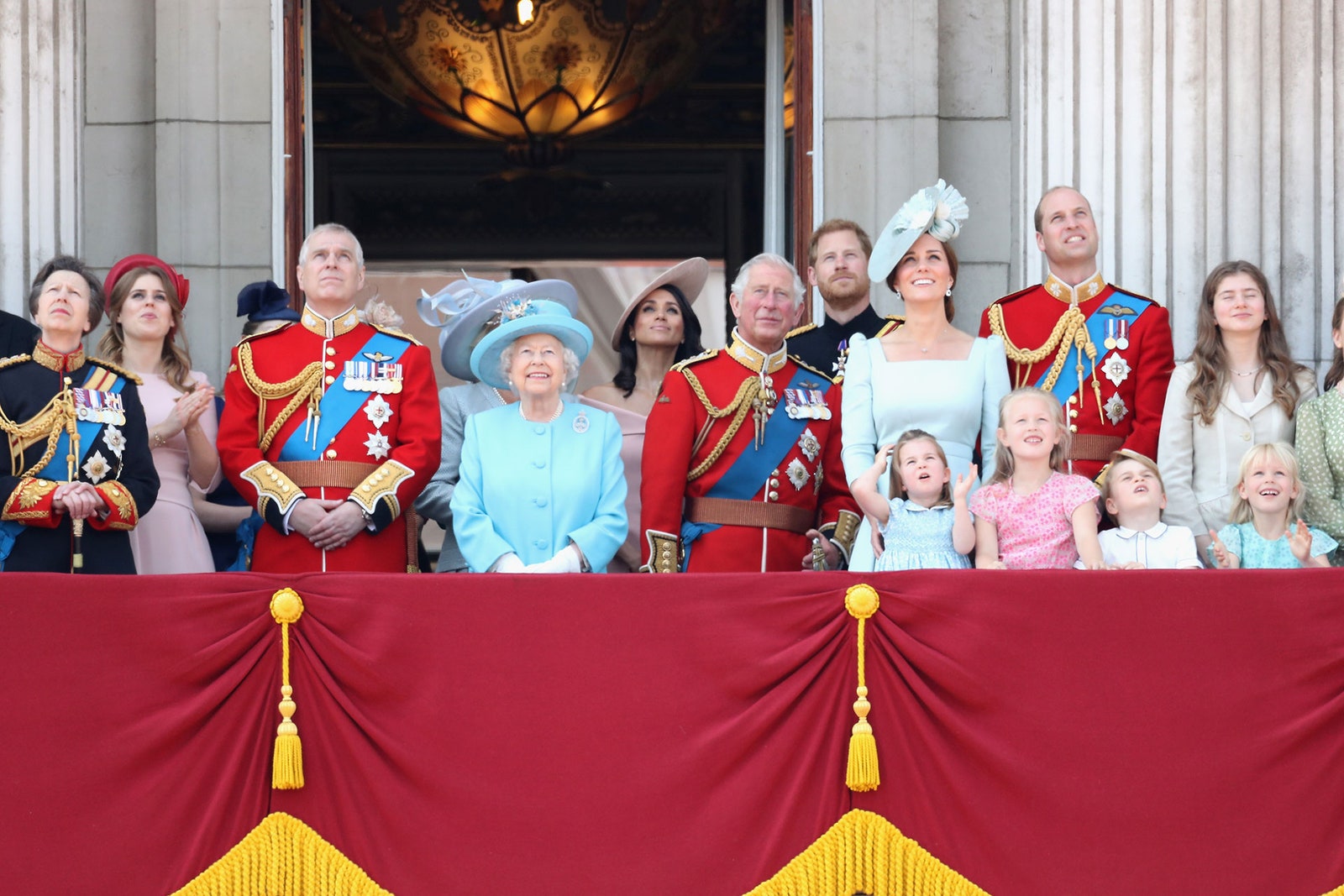
Having ascended to the British throne in 1952, Queen Elizabeth II is the world’s longest-reigning monarch. Following the royal line of succession, she was crowned after the death of her father, King George VI, on February 6, 1952.
Queen Elizabeth II married Prince Philip, the Duke of Edinburgh, in 1947—five years before she would become Queen. Prince Philip passed away on April 9 2021, aged 99.
She has four children: Prince Charles, Princess Anne, Prince Andrew, and Prince Edward. She has reigned for seven decades, has eight grandchildren, and 12 great-grandchildren.
Her grandchildren are: Peter Phillips and Zara Tindall (son and daughter of Princess Anne and Captain Mark Philips); Prince William and Prince Harry (sons of Prince Charles and Princess Diana); Princess Beatrice and Princess Eugenie (daughters of Prince Andrew and Sarah Ferguson, Duchess of York); and Lady Louise Windsor and James, Viscount Severn (daughter and son of Prince Edward and Sophie, the Countess of Wessex).
According to the Royal Family website, the royal line of succession is “regulated not only through descent, but also by Parliamentary statute,” and is officially defined as “the sequence of members of the Royal Family in the order in which they stand in line to the throne.”
Queen Elizabeth II will be succeeded by her firstborn Charles, the Prince of Wales, who will then be succeeded by his firstborn Prince William, Duke of Cambridge, followed by Prince William’s firstborn, Prince George. But where do the rest of the royals, such as Prince Harry and Meghan Markle, fit into the equation?
Chris Jackson
Here’s the royal line of succession:



